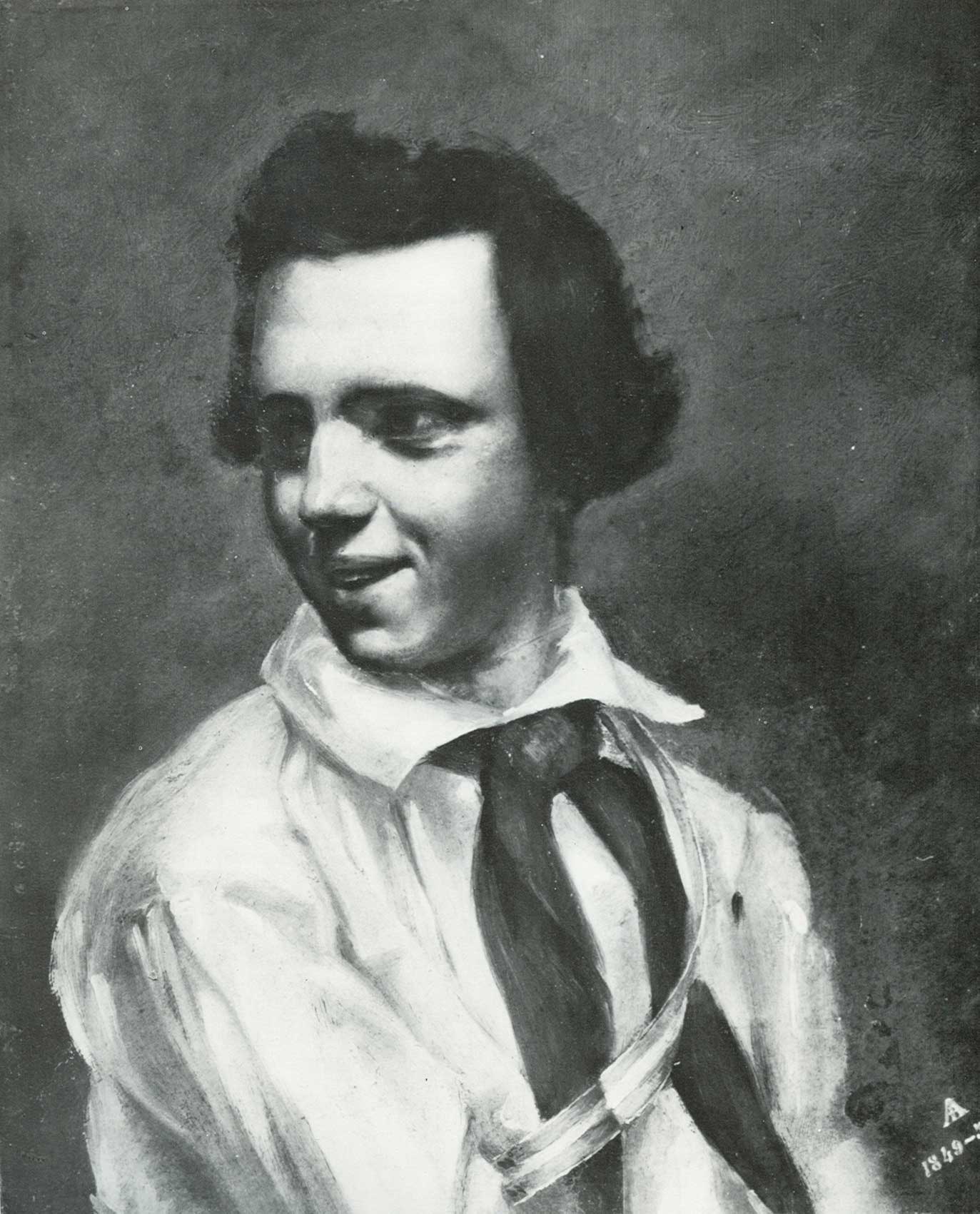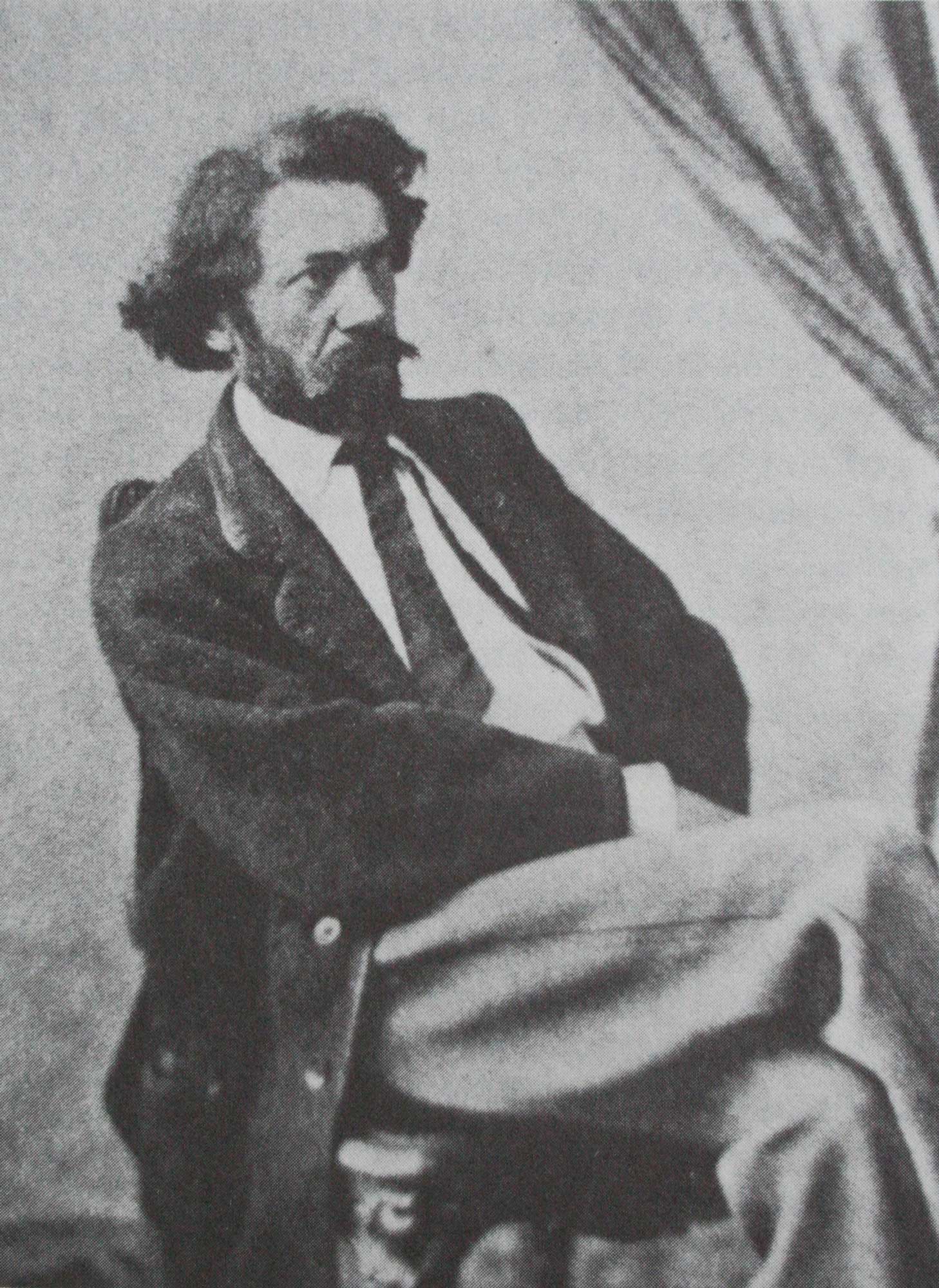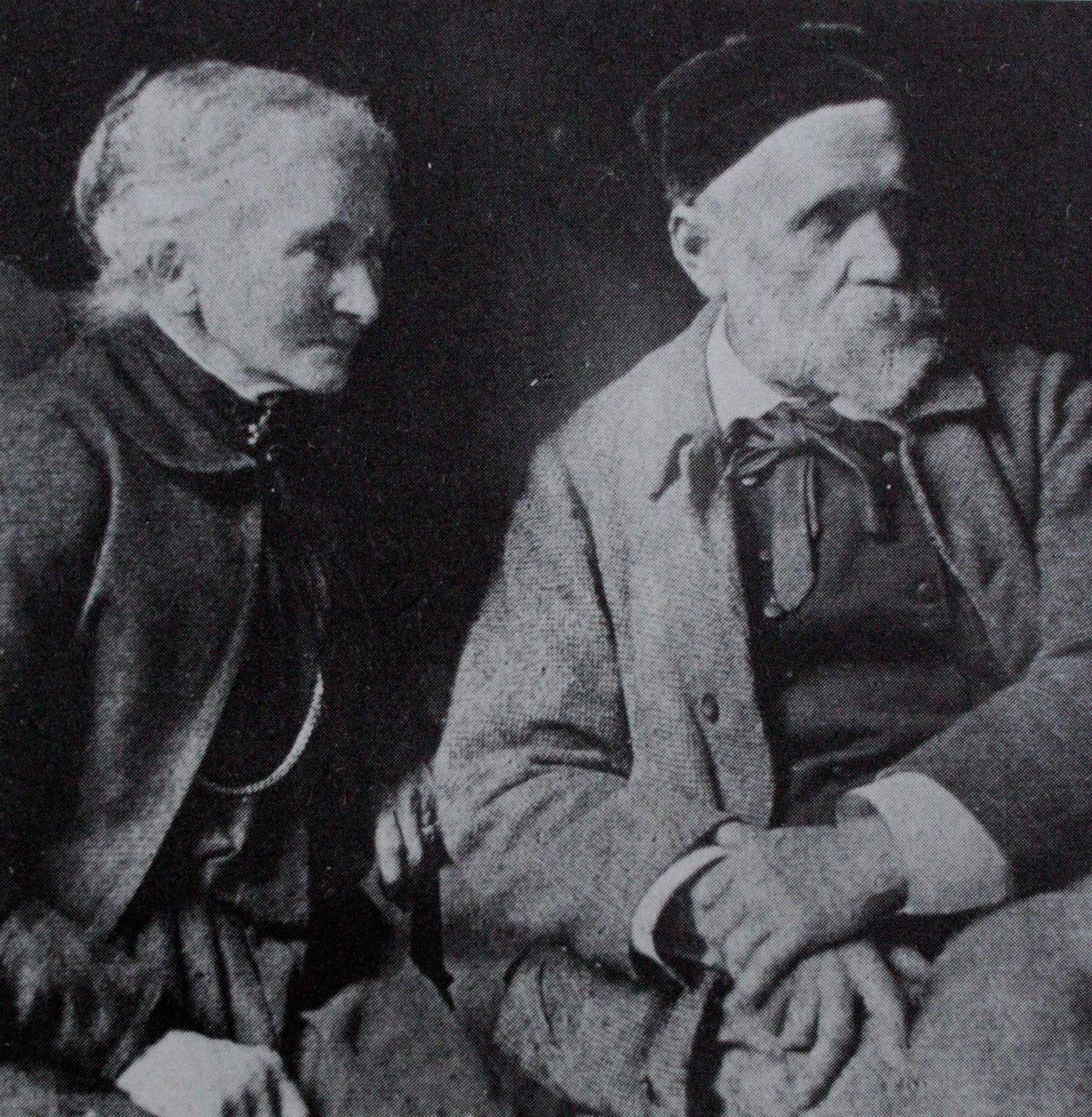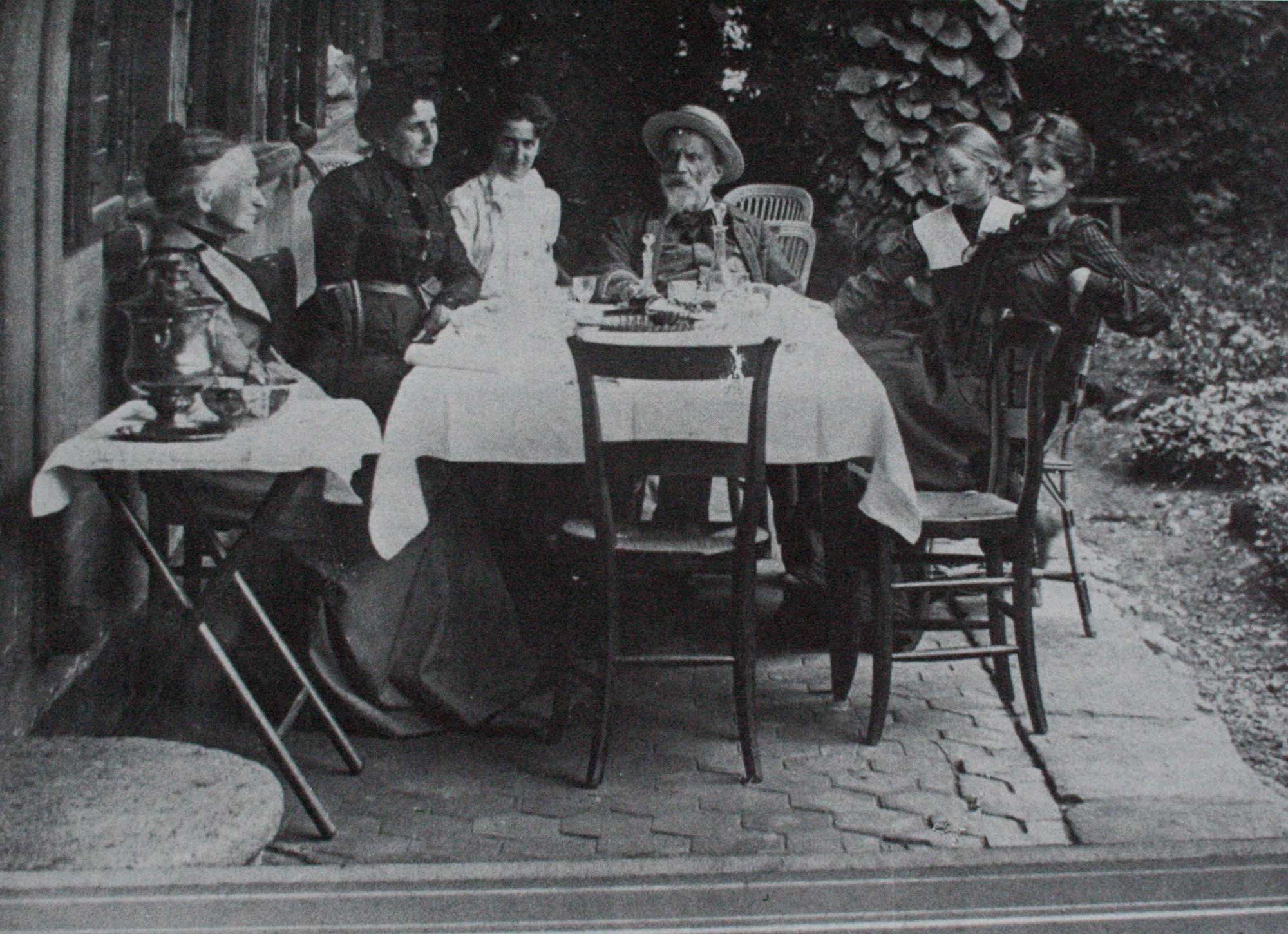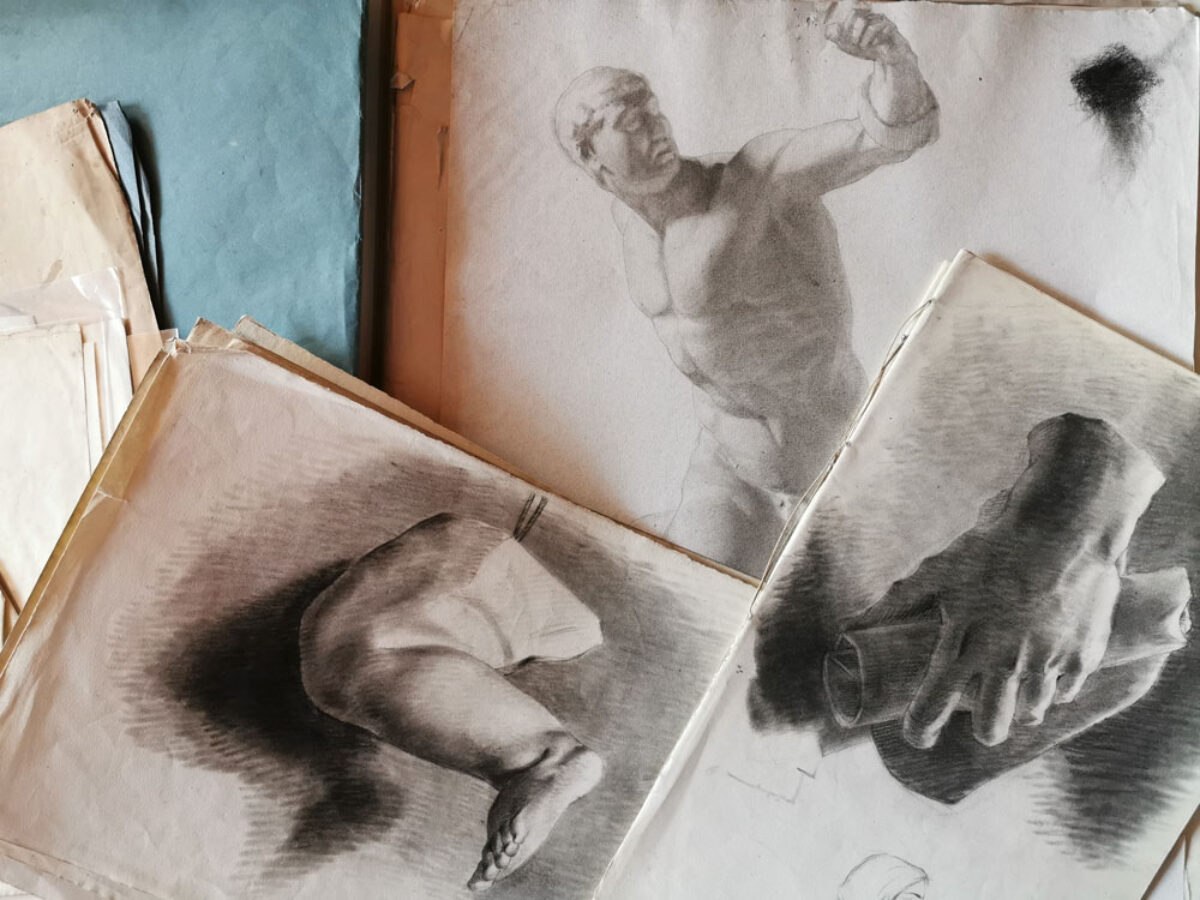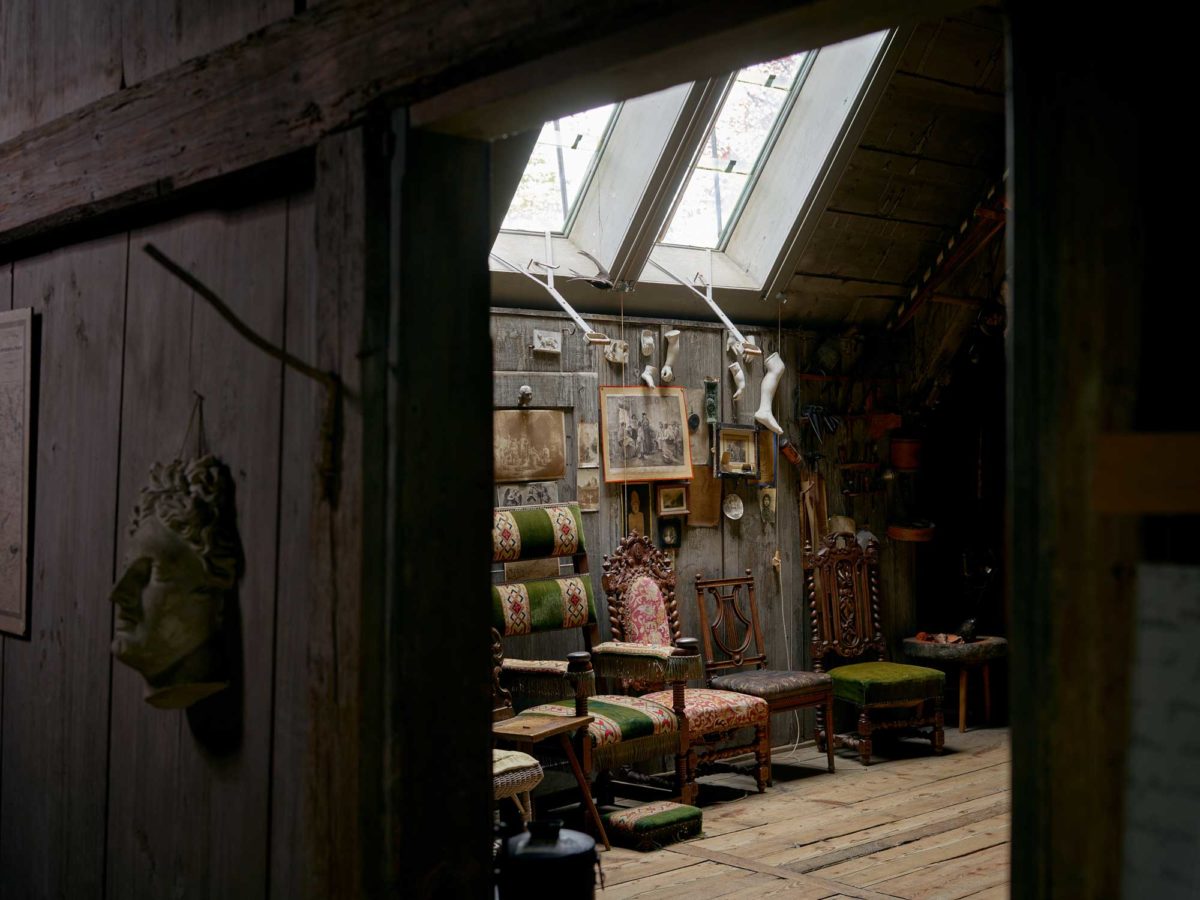Albert Anker
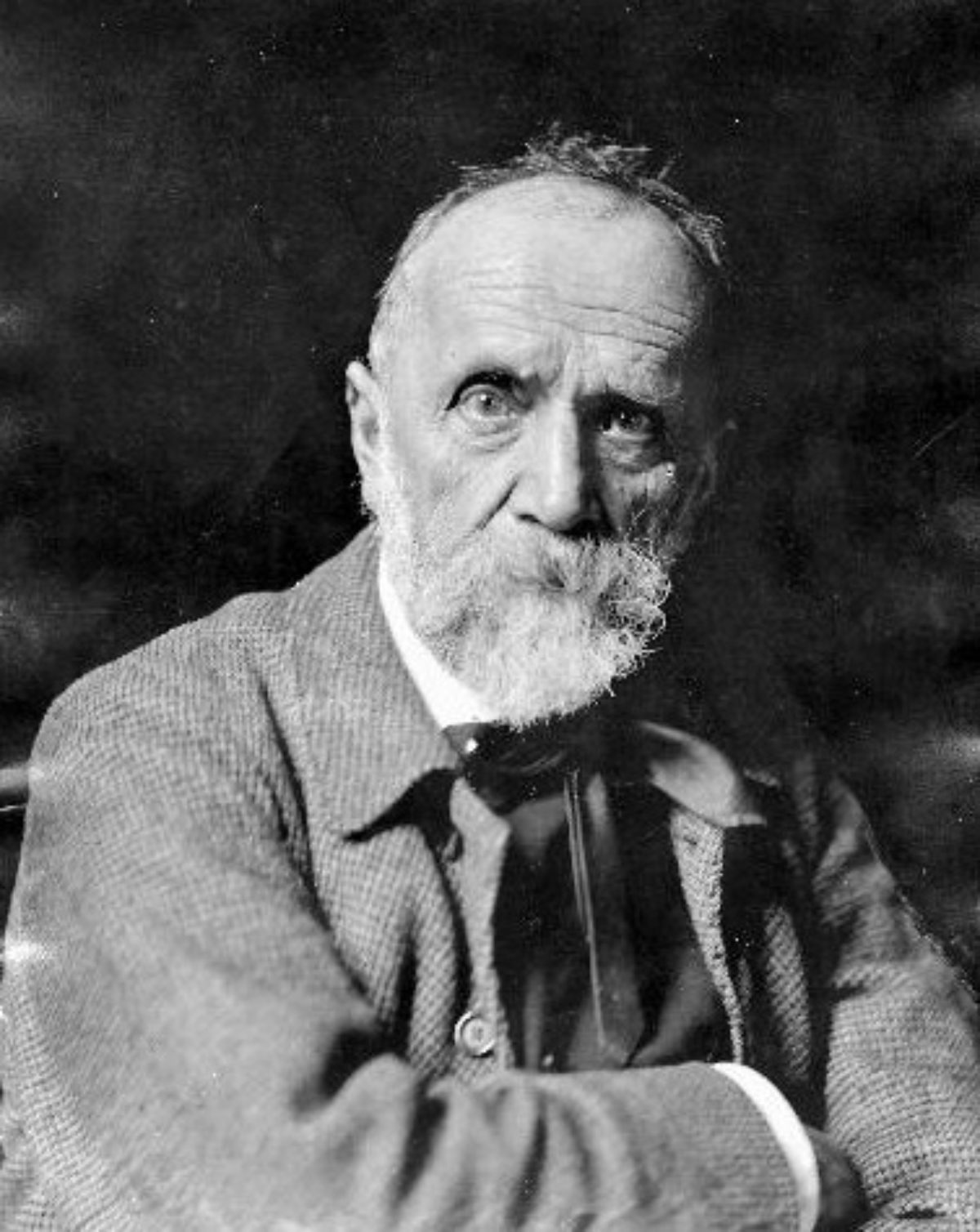
Albert Anker – the artist and person in the context of the time in which he lived
Albert Anker is not only one of the most popular Swiss painters of the nineteenth century—his interest in the “inner being” of the people who sat for him raises him considerably above other realists and portrait painters of his age. The artist’s character unites many facets: sensitivity, a humanistic view of the world, and a responsible father. Firmly entrenched in German and French culture, Albert Anker lived and worked in Paris and in his hometown Ins. Besides his well-known pieces, he also executed very private works of art that were only meant to be viewed by those very close to him. Countless surviving photographs, letters, and drawings provide evidence that he was extremely cosmopolitical in his thought and actions.
Alber Anker was born in Ins in the Bernese Seeland administrative division in 1831. He was trained as a classical painter in Paris under the tutorship of Charles Gleyre, a native of Vaude. Initially, Anker pursued a stylistic approach that was not unlike the Classicism typical for Jean Auguste Dominique Ingres.
As an educated person who read books in five different languages, Albert Anker was concerned about societal, political, social, and educational issues that were prevalent at the time. His imagery does not, however, raise its voice in protest. Instead, the artist makes rural and middle-class values visible in his realistic painting style. His portrayals of persons reading newspapers as well as his schoolgirls and schoolboys show the emancipation of the rural population by way of becoming well informed and responsible citizens. Albert Anker painted the most beautiful portraits of children ever produced by Realism in nineteenth-century Europe.
In his diverse correspondence with his friends and life companions, Albert Anker describes his interest in—and also his misgivings about—technological change and the nascent industrial era. During his life, Anker fostered an international network as a successful artist and was as well-known in Paris as in Switzerland. In Paris he had a studio for several decades and participated at the Salon regularly. There his success equaled that of his success in the Turnus exhibitions that took place regularly in Switzerland. His work found its way into private collections throughout Europe by way of Adolphe Goupil’s gallery in Paris. As early as 1854, Albert Anker spent the winters in Paris on a regular basis, and from 1865 together with his family. In his homeland he became very famous on account of his Gotthelf illustrations. He took on public positions in the community, the canton, and finally also at the federal level. He was a member of the school committee, the church council, and the male choir in Ins. As member of the Grand Council in Bern he strongly supported the construction of the Kunstmuseum Bern, and he also took an avid interest in water remediation in the Jura region as well as in the economic situation of the still-young Federation, which was founded in 1848. As a member of the Swiss art commission and the Gottfried Keller Foundation, he did all he could to support active artists in building up public art collections.
« Is Anker still alive? I often think about his work, I find it so proficient and delicately interpreted. He truly is one of the old school... »
(letter Nr. 336, original in dutch language.)
Albert Anker (1831—1910) is undoubtedly the most popular of all Swiss painters. His portraits of children and old people from his village Ins are unforgettable. However, his academy drawings from Paris, his faiences, and spontaneous sketches are not well-known. The same is true for his impressionistic watercolors with their radiant freshness, which he executed on study trips largely through Italy for several months at a time.
Link to the artist’s curriculum vitae at the Swiss Institute for Art Research (SIK-ISEA)
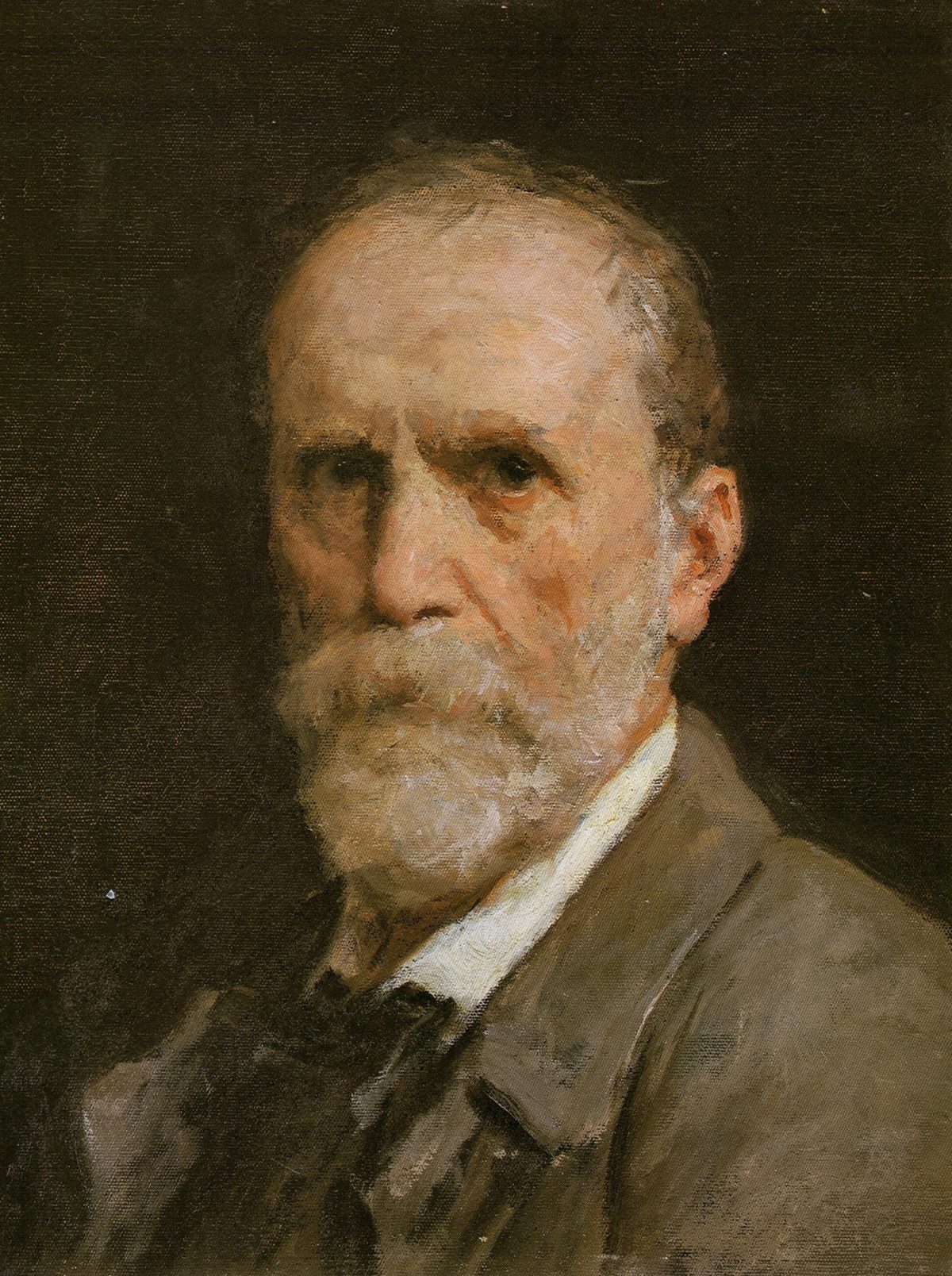
Oil on canvas, 19inx15in
Letter of 18 year old Albert Anker to his friend and painter Auguste Bachelin on June 9th, 1849, discussing art:
… What is art? It surely isn’t just imitation, but consists of two components:first one needs to form an ideal in his mind, secondly one must create this ideal to be perceived by others, give it a form which finds its way into our vision and hearing…
I believe that the beauty that should direct every artist in his creation consits of the harmony between the ideal envisioned by the artist and all exterior possibilities which assist him in his process of creation…
The artist needs to learn to give an outer form to his ideal. For this, one goes to the museums and art studios, to learn from the experience of others. Like the poet studies his language, the measurement of the verses to create his masterpiece, the painter needs to learn how to guide his brush, how to use colour, he needs to be able to draw well…
